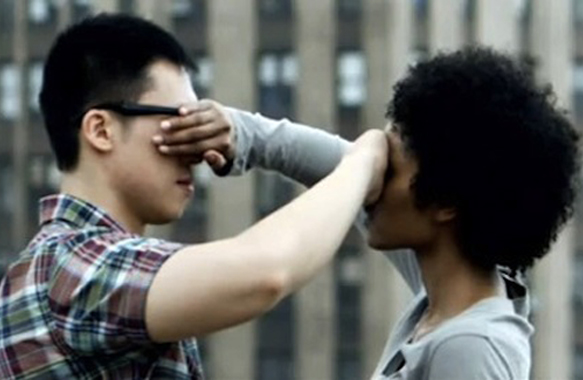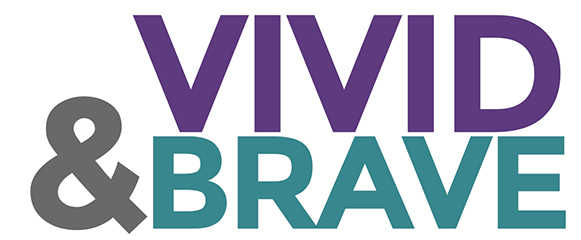“I don’t see color.”
“I am colorblind.”
“I just see you and not your color”
“If everyone just looked past skin color the world would be better off.”
The word colorblind is being used a lot lately in regard to race. I would even say it’s being over used and it’s damaging the discussion of race relations. Saying you are colorblind is a great way to sound like you are not racist but it just demonstrates that it is a problem that people still refuse to talk about.

I am going to say that there is growing ideology I call colorblindness. This idea that discrimination and racial tensions will disappear if everyone was treated equally regardless of their race, culture or ethnicity may sound like a great idea. I mean isn’t that what Martin Luther King, Jr. meant when he said “I have a dream that one day my children will be judged on their character and not on the color of their skin”? If MLK said it, it must be good right? This type of thinking on its own is not enough. Merely being colorblind is not enough to heal the deep racial wounds this country has. In fact, this way of thinking, can cause more racism.
Really. It can and it does.
Colorblindness denies people of color their experiences of racism, negative interactions based on race and denies their cultural heritage. It can also cause minorities to feel that their experiences are invalid. White people do not have the same experiences of disadvantages due to race. They can ignore racism in American because it doesn’t happen to them. By being colorblind they can justify the current societal norms and it allows them to be comfortable with their somewhat privileged standing in society (Fryberg, 2010).
Colorblindness calls into question whether there is something wrong about being a person of color. The idea of colorblindness makes talking about race nonexistent. If you don’t see color, you can’t talk about it or understand it. Race, culture or ethnicity must be bad if people refuse to knowledge a very important part of who they are. Thus the conversation about race is topic that cannot be discussed openly. This makes it impossible to fix a problem if you don’t see a problem.
The ideology of colorblindness asserts that race does not matter. However, most people of color adamantly claim that race does matter. It affects many areas of their lives such as job opportunities, income, societal perceptions and much more. By not seeing color, it allows people to look at the small picture of a problem rather than looking at the big picture of what is wrong in society. Some even say that colorblindness comes from a lack of awareness of racial privileged. If you are unaware on how race affects people, it is easy to claim colorblindness which, in turns, promotes more racial tension and biases.
So. I ask this.
No. I demand this.
See my color.
My ethnicity is a huge part of me. Stop ignoring it. Stop saying that you are colorblind like it’s a badge of honor, it makes you look inclusive or it makes you a White ally. It doesn’t and it won’t.
By ignoring race, you cannot fight for something you deny exists. You cannot stand next to me when society treats me differently based on my race if you cannot acknowledge that I am different that you. You cannot protect children of color against discrimination when you cannot admit the world we live in does it. Every. Single. Day.
Want to help racism to go away? Want the world to be different? Then allow yourself to see amazing array of colors, experiences and the nitty gritty of society. Be there. Be present. Sit in the filth of hate. Allow yourself to see what hate does.
When you do that, you are acknowledging that there is a huge problem in today’s world. There is immeasurable pain, hurt and fear in our communities of color. Once you “get it” then you can be mighty allies for us and with us.
Until then, you can sit in your colorblindness but you won’t see all of me.
Sarah Heil-Brenny
Latest posts by Sarah Heil-Brenny (see all)
- What a High Conflict Divorce Mediator Wants You to Know About Mediation - August 21, 2015
- When Being White is Safer - August 7, 2015
- Don’t Be Colorblind - July 4, 2015





This was a great post and I enjoyed reading it thank you for your honesty.